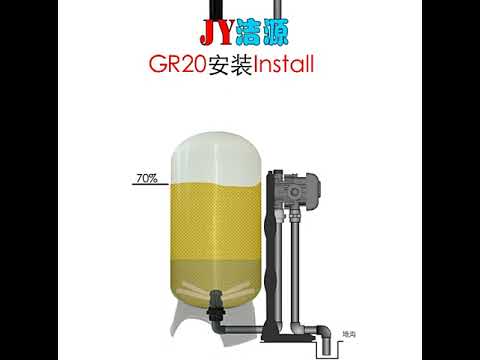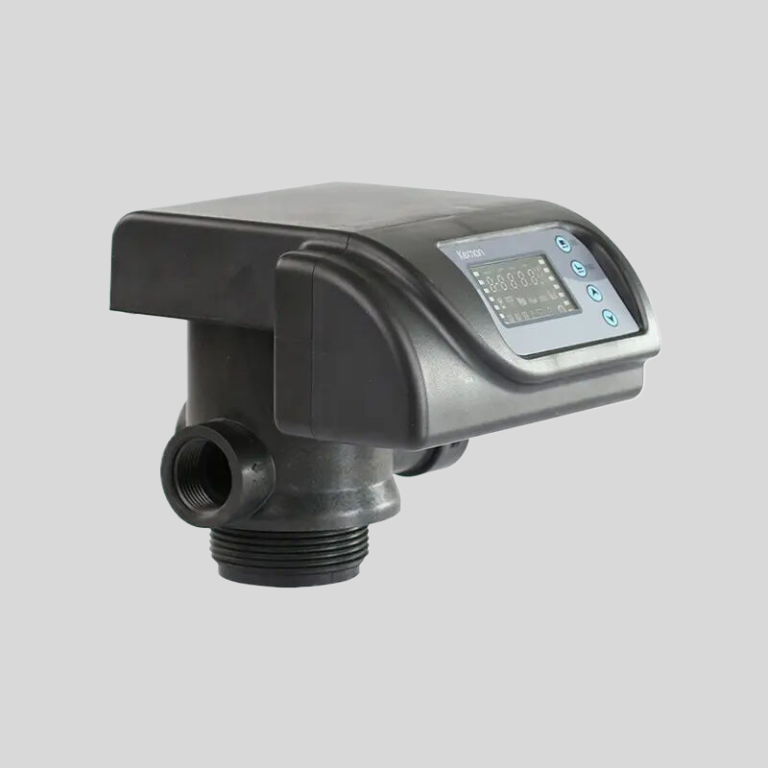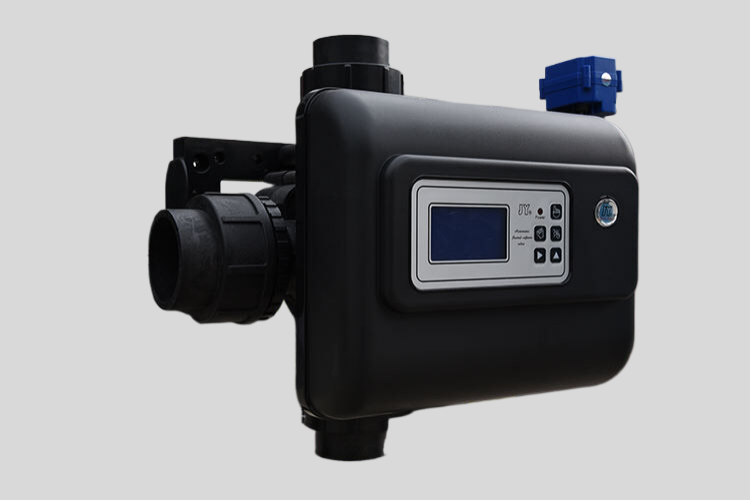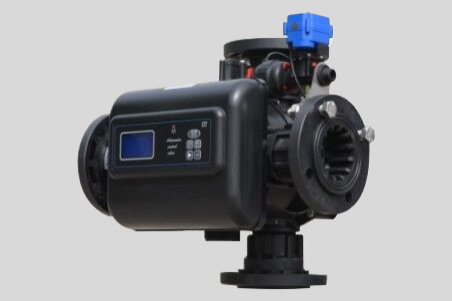วาล์วบายพาสน้ำยาปรับน้ำที่รั่วอาจเป็นปัญหาที่น่าหงุดหงิดและอาจมีค่าใช้จ่ายสูงในการจัดการ วาล์วบายพาสเป็นองค์ประกอบสำคัญของระบบลดน้ำกระด้าง ช่วยให้คุณสามารถเปลี่ยนทิศทางน้ำรอบๆ น้ำยาปรับผ้านุ่มได้เมื่อจำเป็น อย่างไรก็ตาม หากวาล์วบายพาสรั่ว อาจทำให้สิ้นเปลืองน้ำ ลดแรงดันน้ำ และแม้กระทั่งสร้างความเสียหายให้กับทรัพย์สินของคุณ
รุ่น
| หมวดหมู่ | ความจุน้ำ ลบ.ม./ชม. | จอแอลซีดี | แอลอีดี | ไอคอน | ไดโอด | ASFU4 |
| วาล์ว All-In-One ตัวกรองน้ำยาปรับผ้านุ่มอัตโนมัติ | โอ | 4 | เอ็กซ์ | เอ็กซ์ | เอ็กซ์ | ASFU4-Y |
| วาล์ว All-In-One ตัวกรองน้ำยาปรับผ้านุ่มอัตโนมัติ | โอ | 4 | เอ็กซ์ | เอ็กซ์ | เอ็กซ์ | ASFU2-C |
| วาล์ว All-In-One ตัวกรองน้ำยาปรับผ้านุ่มอัตโนมัติ | โอ | 1 | เอ็กซ์ | เอ็กซ์ | เอ็กซ์ | ในบางกรณี วาล์วบายพาสรั่วอาจเกิดจากการสะสมของตะกอนหรือเศษซากภายในวาล์ว วิธีนี้สามารถป้องกันไม่ให้วาล์วปิดผนึกอย่างถูกต้อง ทำให้เกิดการรั่วไหล เพื่อแก้ไขปัญหานี้ คุณสามารถลองทำความสะอาดวาล์วด้วยน้ำผสมน้ำส้มสายชูเพื่อขจัดสิ่งที่สะสมอยู่ หากวาล์วยังคงรั่วหลังจากทำความสะอาด อาจจำเป็นต้องเปลี่ยนใหม่
หากคุณลองทำตามขั้นตอนการแก้ปัญหาเหล่านี้ทั้งหมดแล้ว แต่วาล์วบายพาสยังคงรั่ว อาจถึงเวลาที่ต้องติดต่อผู้เชี่ยวชาญ ช่างประปาหรือช่างเทคนิคน้ำยาปรับน้ำจะสามารถวินิจฉัยปัญหาและแนะนำแนวทางปฏิบัติที่ดีที่สุดในการแก้ไขรอยรั่วได้ ในบางกรณีอาจจำเป็นต้องเปลี่ยนวาล์วบายพาสทั้งหมดเพื่อแก้ไขปัญหา การป้องกันการรั่วไหลของวาล์วบายพาสน้ำยาปรับน้ำเป็นกุญแจสำคัญในการรักษาประสิทธิภาพและอายุการใช้งานของระบบน้ำยาปรับน้ำให้ยืนยาว การบำรุงรักษาตามปกติ เช่น การตรวจสอบรอยรั่วและการเปลี่ยนซีลที่สึกหรอ สามารถช่วยป้องกันปัญหาก่อนที่จะกลายเป็นปัญหาใหญ่ได้ นอกจากนี้ การลงทุนซื้อวาล์วบายพาสคุณภาพสูงและติดตั้งอย่างถูกต้องสามารถช่วยลดความเสี่ยงของการรั่วไหลในอนาคต โดยสรุป วาล์วบายพาสน้ำยาปรับน้ำที่รั่วเป็นปัญหาทั่วไปที่อาจเกิดจากปัจจัยหลายประการ รวมถึงซีลที่ชำรุด การเชื่อมต่อที่หลวม และการสะสมของตะกอน เมื่อทำตามขั้นตอนการแก้ปัญหาที่ระบุไว้ในบทความนี้ คุณจะสามารถระบุสาเหตุของการรั่วไหลและดำเนินการตามขั้นตอนที่จำเป็นเพื่อแก้ไขได้ หากปัญหายังคงอยู่ อย่าลังเลที่จะขอความช่วยเหลือจากผู้เชี่ยวชาญเพื่อป้องกันความเสียหายเพิ่มเติม และเพื่อให้มั่นใจว่าระบบละลายน้ำของคุณทำงานต่อไปได้ |
One of the most common reasons for a leaking water softener bypass valve is a faulty seal. Over time, the seals on the valve can wear out or become damaged, allowing water to escape. If you notice water dripping or pooling around the bypass valve, it is likely that the seals need to be replaced.
To fix a leaking bypass valve, you will first need to shut off the water supply to the softener system. This can usually be done by turning a valve located near the water softener. Once the water supply is turned off, you can remove the bypass valve cover to access the seals. Carefully inspect the seals for any signs of wear or damage, and replace them if necessary.
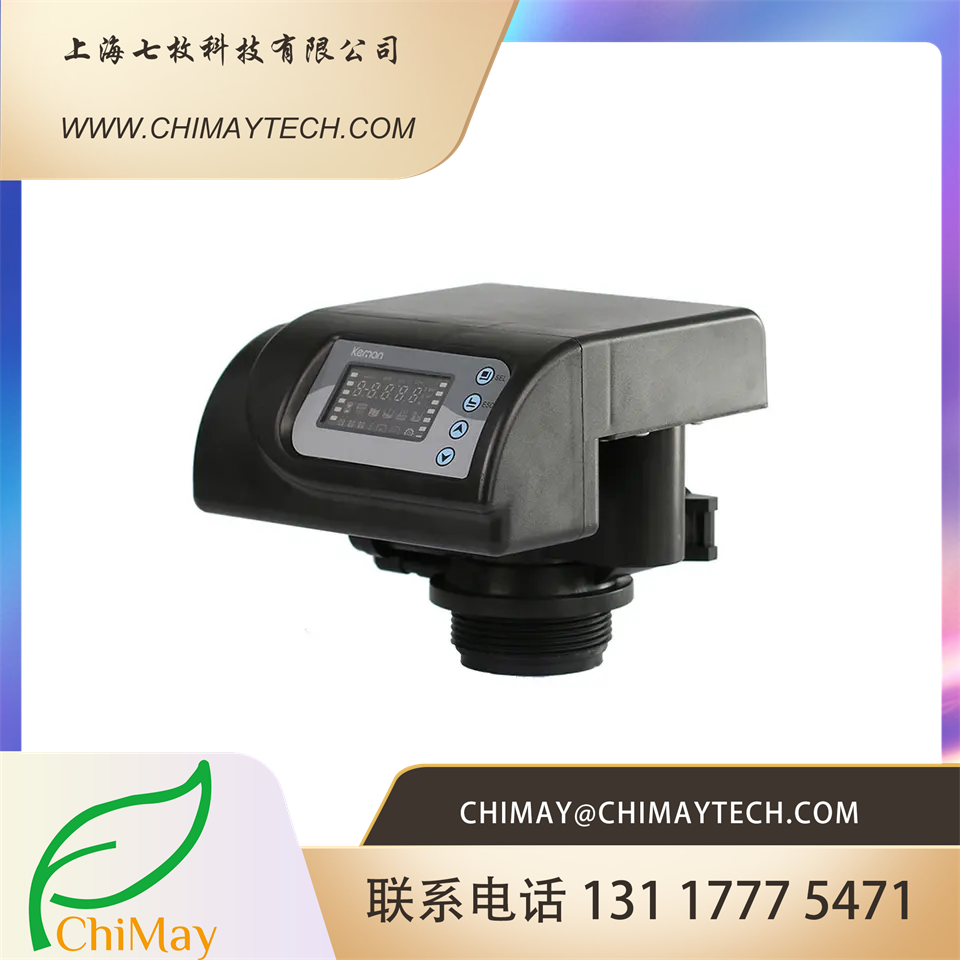
Another common cause of a leaking water softener bypass valve is a loose or damaged connection. The bypass valve is connected to the water supply line and the softener unit with fittings and connectors. If these connections are loose or damaged, water can leak out. Inspect the connections for any signs of damage or looseness, and tighten or replace them as needed.
In some cases, a leaking bypass valve may be caused by a buildup of sediment or debris inside the valve. This can prevent the valve from sealing properly, leading to leaks. To fix this issue, you can try cleaning the valve with a mixture of water and vinegar to remove any buildup. If the valve is still leaking after cleaning, it may need to be replaced.
If you have tried all of these troubleshooting steps and the bypass valve is still leaking, it may be time to call in a professional. A plumber or water softener technician will be able to diagnose the issue and recommend the best course of action to fix the leak. In some cases, the entire bypass valve may need to be replaced to resolve the problem.
Preventing a leaking water softener bypass valve is key to maintaining the efficiency and longevity of your water softener system. Regular maintenance, such as checking for leaks and replacing worn seals, can help prevent issues before they become major problems. Additionally, investing in a high-quality bypass valve and having it installed correctly can help reduce the risk of leaks in the future.
In conclusion, a leaking water softener bypass valve is a common issue that can be caused by a variety of factors, including faulty seals, loose connections, and sediment buildup. By following the troubleshooting steps outlined in this article, you can identify the cause of the leak and take the necessary steps to fix it. If the issue persists, don’t hesitate to seek professional help to prevent further damage and ensure the continued functionality of your water softener system.

